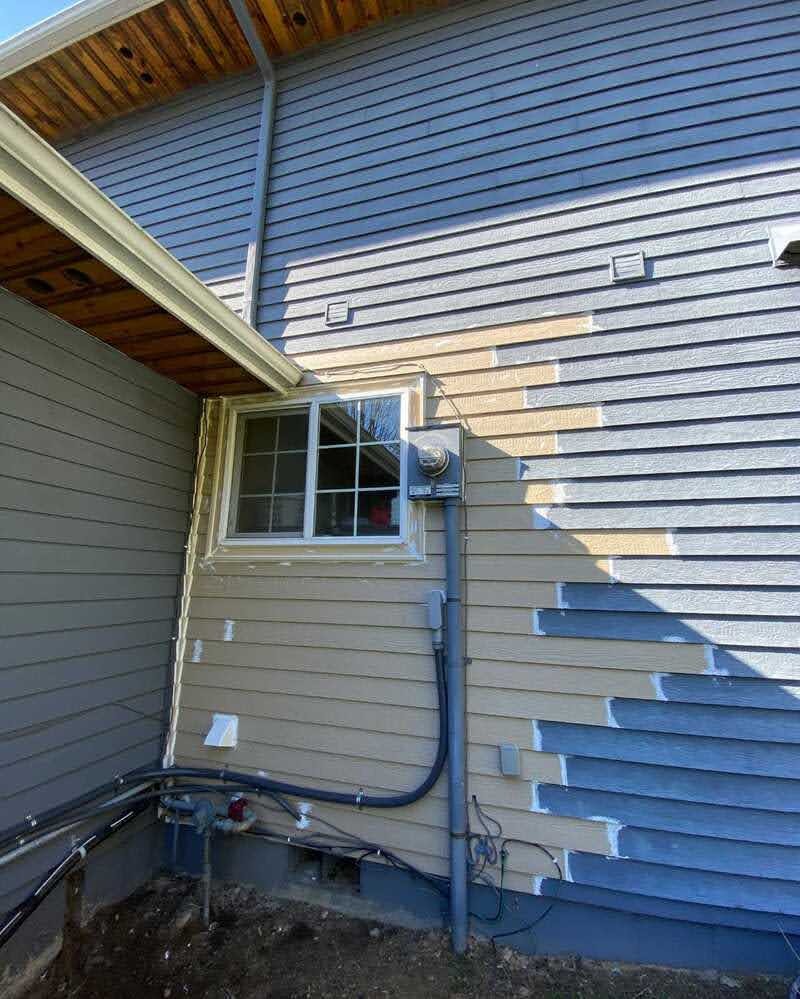Living near Washington’s coastline offers beautiful scenery-but it also comes with a high risk of moisture damage to your home’s exterior. Salt air, wind-driven rain, and frequent dampness create the perfect conditions for siding rot. Over time, this can lead to costly structural repairs, interior mold issues, and lost property value if not addressed quickly.
If you own a home in Western WA, it’s critical to understand how siding rot forms and what you can do to prevent it. Acting early can save you thousands and keep your home looking great for decades.
Many homeowners first notice siding issues when paint begins to bubble, boards feel soft under pressure, or black streaks appear around the foundation. These are warning signs that moisture is getting behind the surface and attacking the wood fibers underneath. If caught early, professional siding rot restoration can remove the damaged material and seal the area before the problem spreads.
Why Coastal Moisture Is So Hard on Homes
Washington’s coastal climate is marked by heavy rainfall, cool temperatures, and very little time for building materials to dry out naturally. Here’s why siding rot is such a common issue:
- Wind-Driven Rain: Heavy gusts push moisture into cracks, seams, and underlaps where it sits unseen.
- Lack of Sunlight: Shaded homes take longer to dry, especially under eaves and behind landscaping.
- Poor Ventilation: Homes without proper wall ventilation or drainage gaps trap moisture behind the siding.
- Improper Installation: Missing flashing, low-grade sealants, and tight siding gaps leave no room for drainage.
These conditions allow mold and fungus to thrive, which breaks down wood structure from the inside out.
Smart Siding Solutions for Western WA Homes
Not all siding materials are built to withstand Washington’s damp climate. Choosing the right product-and installing it correctly-can prevent major rot issues later.
Here are a few options that perform well in coastal environments:
|
Siding Type |
Moisture Resistance |
Recommended Maintenance |
|
Fiber Cement |
Excellent |
Repaint every 10-15 years |
|
Engineered Wood |
Good (with sealant) |
Reseal every 5-7 years |
|
Vinyl |
Moderate (with rainscreen) |
Clean annually |
|
Cedar (sealed) |
Moderate |
Stain every 3-5 years |
|
Metal |
Excellent |
Minimal |
No matter what material you choose, proper installation is key. That includes creating a ventilated rainscreen, sealing penetrations, and maintaining at least 6 inches of clearance from the ground.
Moisture-Prevention Tips for Homeowners
Protecting your home doesn’t always require a full siding replacement. These steps can extend the life of your exterior and keep water where it belongs:
- Clear gutters and downspouts regularly to avoid overflow near siding.
- Trim vegetation around your home to improve airflow and reduce splash-back.
- Inspect caulking around windows, doors, and joints every spring.
- Look for signs of soft wood or staining, especially on the north side or in shaded areas.
- Keep sprinklers aimed away from siding and foundation walls.
If you find recurring issues despite these efforts, it’s time to call in help from a rot repair expert near you who understand local climate conditions and building codes.
When to Repair vs. Replace Siding
Spot repairs are possible if rot is isolated and hasn’t spread to the sheathing beneath. In more advanced cases, large sections-or even full walls-may need to be replaced.
A siding professional can use moisture meters and probing tools to determine the extent of the damage. They’ll also recommend better material choices and proper sealing techniques to keep your new siding protected for decades.
Final Thoughts
Rot doesn’t have to be a disaster-but it does require action. If you own a home along Washington’s coast, routine siding inspections and moisture prevention go a long way. And if damage has already started, addressing it early with durable materials and expert help will keep your investment strong.
By choosing the right products and working with experienced professionals, you can protect your home from the elements while preserving its beauty for years to come.

